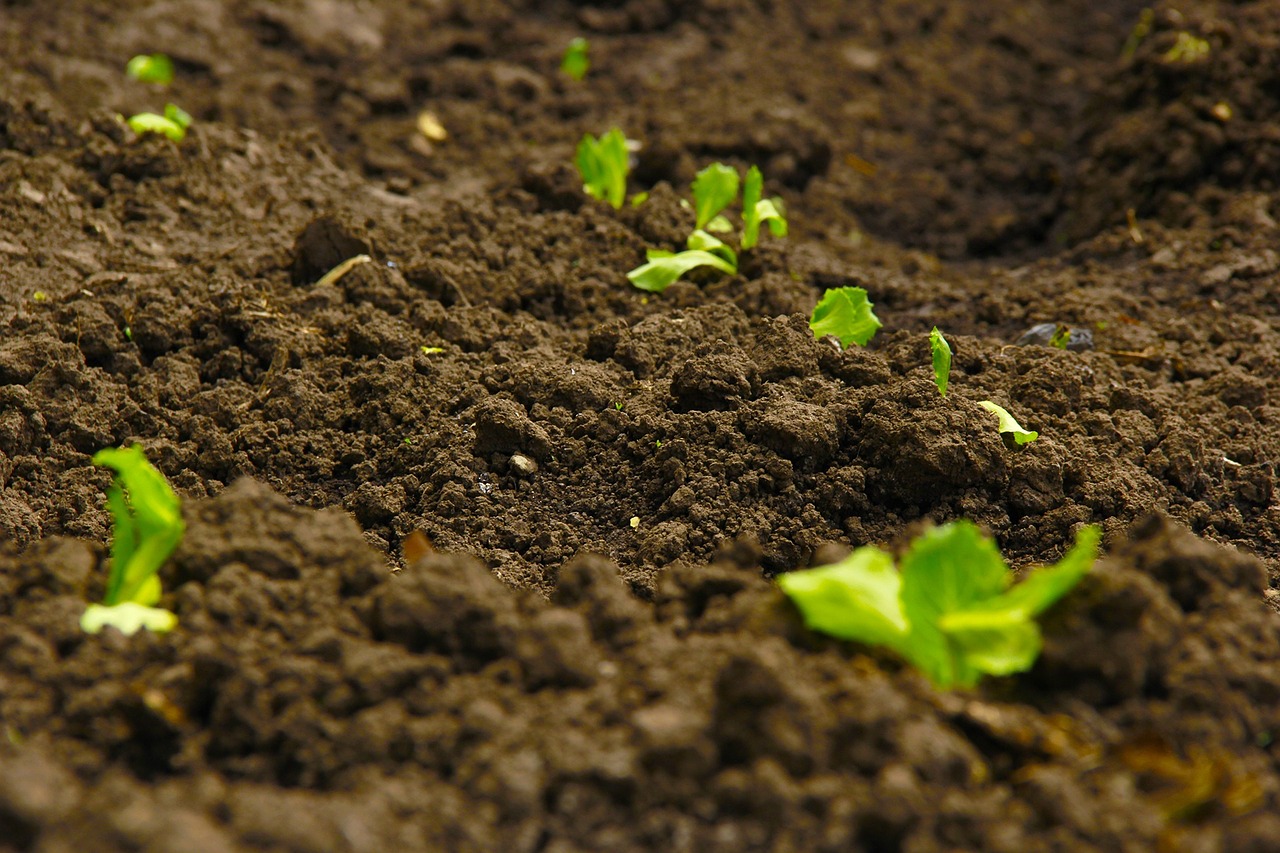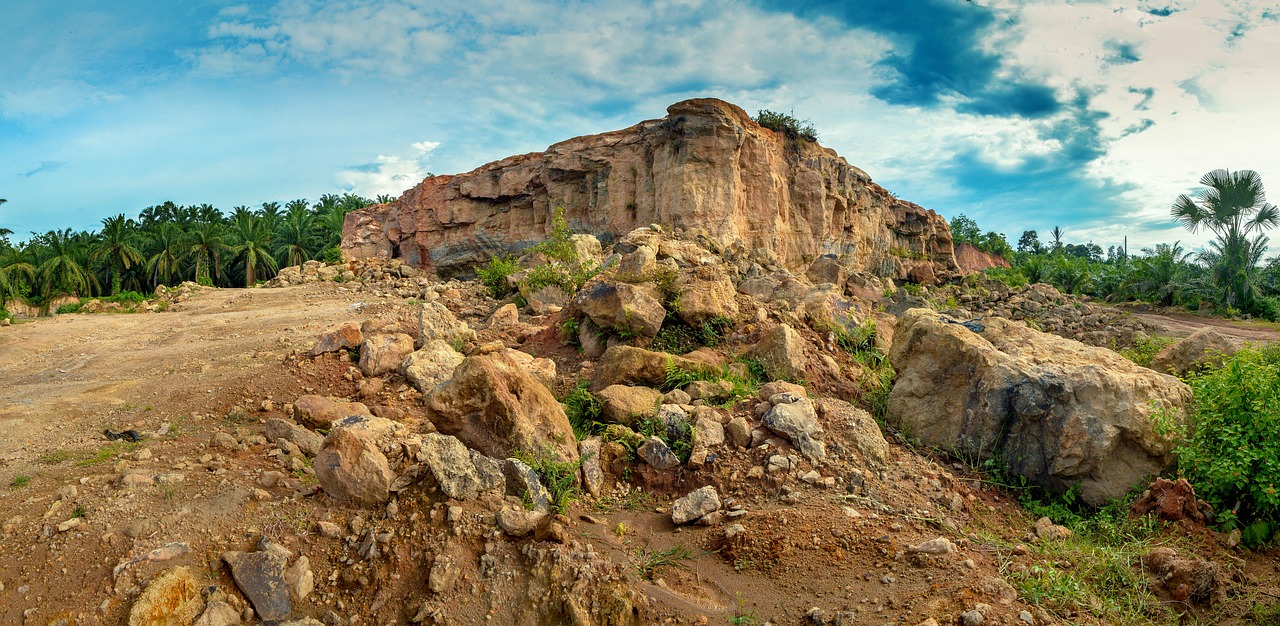Geotechnical engineering is made up of three branches: soil mechanics, foundation engineering, and rock mechanics. Foundation engineering is the application of rock and soil mechanics. Soil mechanics describe the behavior of the soil, and rock mechanics describe the behavior of different types of rocks. Most individuals pursue a degree in geotechnical engineering. Under this degree, students learn about the three branches.
Soil Mechanics
Soil mechanics look at the physical properties of soil. Specifically, they are looking at how a soil’s properties may affect strength, drainage, and stability. This is the basis for all geotechnical engineering. These properties are important when it comes to foundations.
Most students pursuing a geotechnical engineering degree are required to take courses in soil mechanics. They may learn how to classify soil types, evaluate shear strength of soil mass, estimate seepage volume, and predict foundation settlement.
Rock Mechanics
It is important that engineers understand how the properties of rocks will function during various uses. As an engineer, one is likely to have to assess strengths and properties of rocks being used for foundations or structures. Rock mechanics help determine how a particular type of rock will react when used for roads, bridges, buildings, tunnels, and dams among other uses.
Students may learn to evaluate the bearing capacity of a rock’s surface. Furthermore, engineering students need to understand how the force applied to rock by structures may affect the rock at different depths. The point of such knowledge is to inform engineers of safety requirements necessary to ensure a stable foundation.
Foundation Engineering
Courses in foundation engineering use the knowledge gleaned from courses in soil and rock mechanics to inform foundation designs. Students may be introduced to a variety of foundation structures and systems. Courses usually encourage discussions about foundation solutions to a variety of types of soil and rock conditions.
Careers
Many graduates will find they are qualified to work in the field of geotechnical engineering or positions more specific to one of the three branches. Most engineering jobs require that individuals obtain an engineering license. Geotechnical engineers typically use the principles of engineering to ensure foundations and structures are secure and stable against natural events like mudslides and earthquakes. Their job is to analyze and plan the construction of these foundations and support structures.
Graduates may be able to find a job as a soil engineer specifically. In such a position, one may be expected to analyze soil structure for a proposed building site. They provide information about the soil and problems proposed and existing structures might face. Soil mechanics informs both the design of structures as well as the structure itself.
Most geotechnical engineers work for dedicated organizations. Some individuals can make a living as freelance consultants or on a contract basis. Freelance and contract workers provide a variety of engineering work, consultation, and research as self-employed individuals.
Geotechnical engineering deals with the foundations of a variety of buildings and structures. They make sure the soil and rock can withstand the demands manmade structures put on them.




